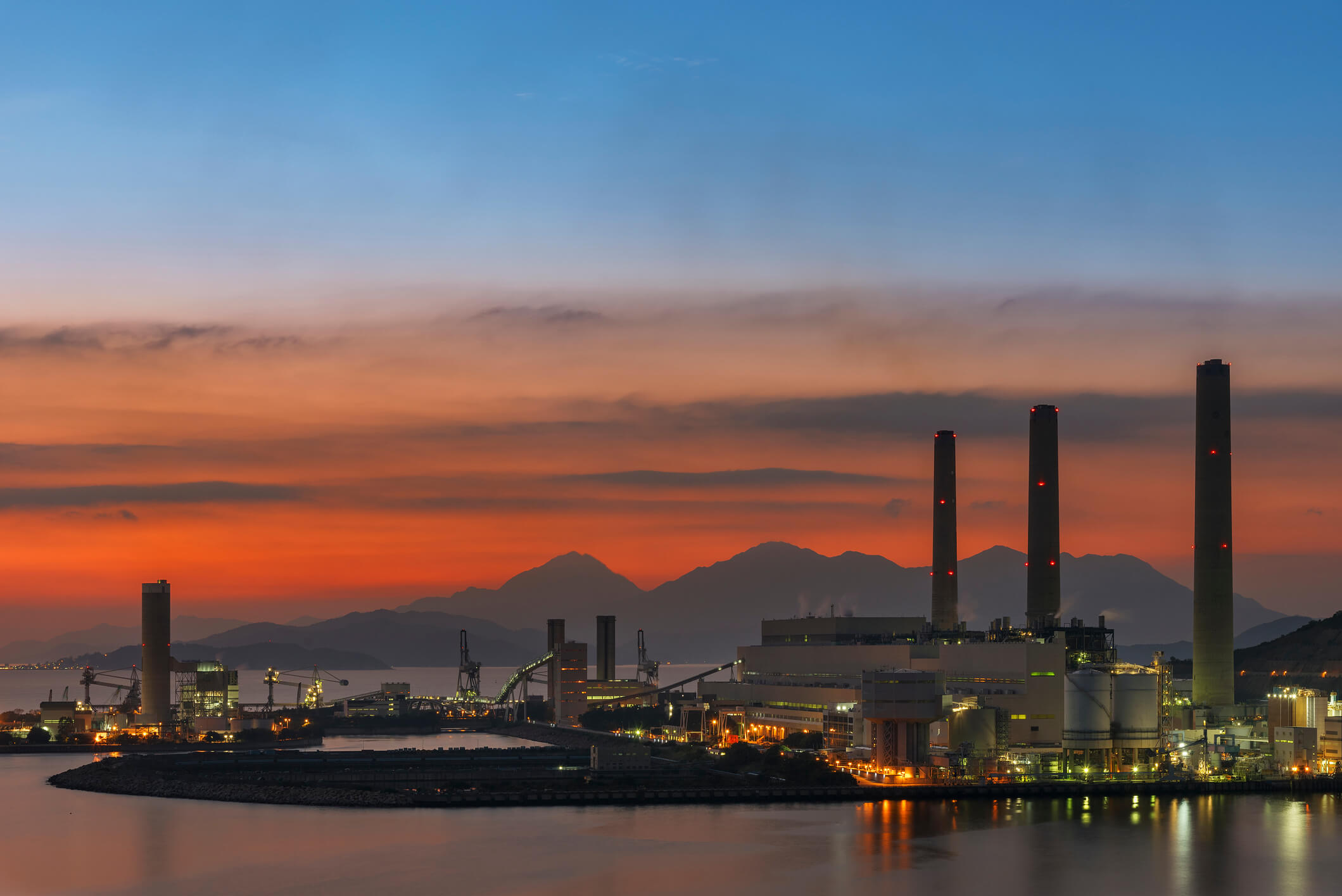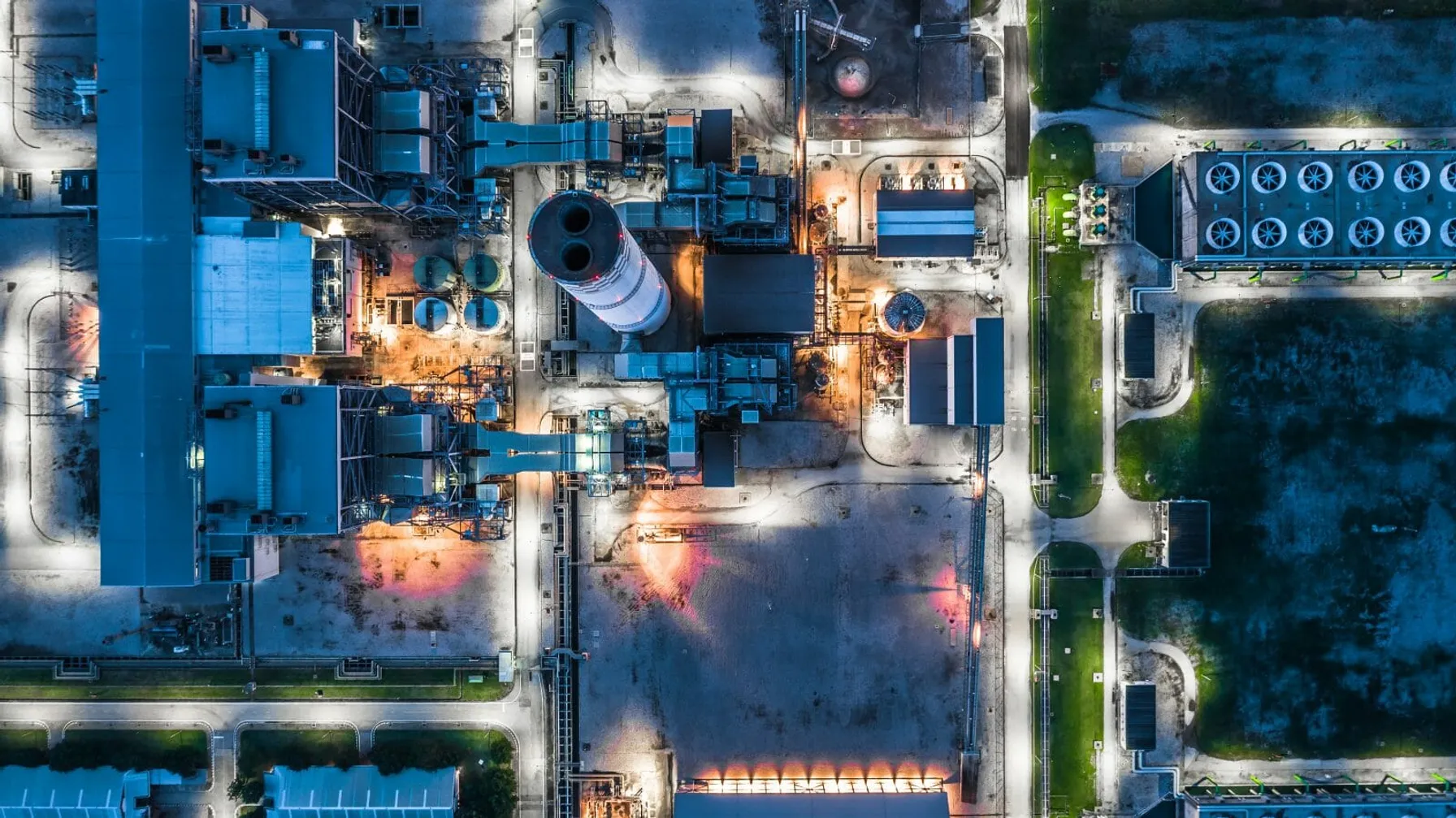On April 19 the EPA published proposed revisions to the National Emissions Standard for Hazardous Air Pollutants (NESHAP) for stationary combustion turbines that would set limits on formaldehyde emissions and expand the category to include additional turbine types EPA had sought to delist.
The proposed revisions would implement the emissions limits of the original 2004 NESHAP and expand the affected units to include gas-fired lean pre-mix and diffusion flame units.
The revised standard reflects required Risk and Technology Review (RTR) of NESHAP. The turbine RTR, like the RTRs for a number of other categories, was years overdue. Due to the lateness of many RTR programs EPA is under court order to complete the RTRs for 33 source categories by 2021.
Related Services
Implementation of the original NESHAP
Has been stayed since 2004 when EPA sought to delist the lean pre-mix and diffusion flame sub-categories from the eight combustion turbine categories. A court determined that delisting sub-categories was not allowed and the stay was lifted, allowing implementation of the turbine NESHAP 15 years later.
An RTR evaluates both the risk (air pollution impact on public health) and technology (emissions controls, new processes and equipment) for an industrial source category after implementation of Maximum Air Pollution Control Technology (MACT). The RTR determines if hazardous air pollutant emissions are adequately controlled and whether more improvements in pollution control technology since the initial promulgation should be implemented industry-wide.
The combustion turbine RTR confirmed that the original emission limits imposed in the NESHAP were sufficient and no new control technology for formaldehyde was available. As a result, all combustion turbines installed or reconstructed after January 14, 2003 must demonstrate that formaldehyde emissions do not exceed 91 parts per billion, dry basis, corrected to 15 percent oxygen when operating at base load as measured using FTIR spectroscopy (EPA Test Method 320). Emissions testing must be completed within 180 days of promulgation and annually thereafter.
This 91 ppb limit presents a difficult measurement challenge that requires a thorough understanding of both combustion turbine operation and the proper application of EPA Method 320. The requirements for accurately measuring ppb levels of formaldehyde will be discussed in a future blog.




